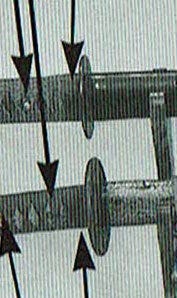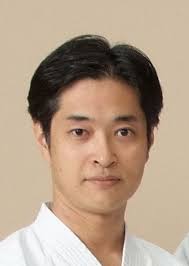Written by Motobu Naoki
Translated by Andreas Quast
Satsuma Koshirae (sword mountings) is a sword outfit unique to the Satsuma domain. To make it easier to understand, you can call it a “Satsuma-style sword.” As shown in the photo below, the swords of the Satsuma domain had different characteristics from other feudal domains.

Makishitaji (shark or ray skin below the handle-wrap)
Mekugi (rivet to secure the sword hilt)
Fuchi (collar of the hilt)
Kurigata (eyelet on the scabbard, literally “chestnut shape”)
Sageo (sword strap)
Kashira (pommel of the hilt)
Tsukaito (hilt-wrap band)
Menuki (metal ornament under the hilt wrapping)
Fuchi metal ornament under the hilt wrapping
Kaeri-zuno (hook on scabbard, fixes scabbard in waist belt)
Kojiri (chape)
薩摩拵
Amazon.com: 薩摩拵: 9784898061923: Electronics
a.co
Of the swords in the photo, the upper one is a Satsuma Koshirae, and the lower one is a general sword.
In both cases, the length of the blade is almost the same, but the hilt is longer in case of Satsuma Koshirae. Also, the curvature (sori) of the blade has a more gentle curve. There are other differences as well, but the one that is particularly interesting is the tsuba, or handguard.

As you can see in the picture above, the handguard of the Satsuma Koshirae is smaller than the general one. Normally, the handguard is used to block the enemy’s blade, but in Satsuma, the idea of “defence” was regarded as cowardice. Therefore, in Satsuma, the handguard was smaller than in other regions of feudal Japan, and its only reason was that the hand holding the hilt did not slip over toward the blade.
By the way, in the previous article, I wrote about the theory that old Shuri-te didn’t use uke (reception) or did not pay much attention to it. The term “uke” (reception) herein refers to receiving techniques in the narrow sense of the word, such as age-uke, yoko-uke, and gedan-barai.
Then, instead of being attacked by the enemy, the ideal was to move forward and attack the enemy by using irimi (entering straight into the enemy) and tai-sabaki (dodging the enemy). It is believed that these characteristics of old Shuri-te were formed under the influence of Satsuma martial arts, which emphasizes attacks over defense.
Asato Ankō, who was introduced last time, as well as his teacher Matsumura Sōkon, both learned Jigen-ryū swordmanship from Satsuma. In this way, the people Shuri were strongly influenced by not only Chinese martial arts but also Japanese martial arts, and particularly martial arts of Satsuma, so that old Shuri-te has characteristics of both.
The original Japanese article was posted on April 29, 2020 on Ameblo, and the English translation was posted on May 2, 2020.
Written by:

Thank you for reading my story. If you would like, please follow me.
Shihan, Motobu Kenpō 7th dan, Motobu Udundī 7th dan. Discusses the history of karate and martial arts, and introduces Japanese culture and history.
